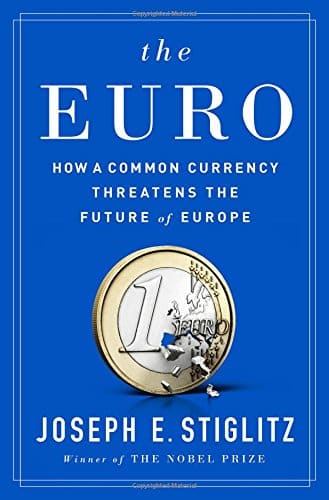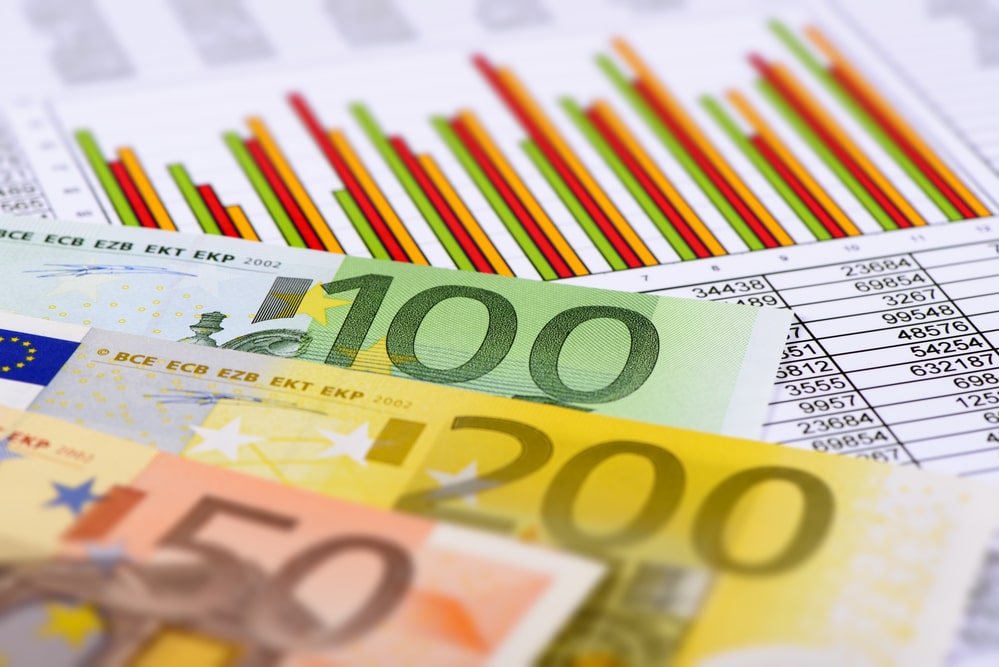The euro is an extremely popular currency, thanks to the size and stability of the European economy. The Eurozone has an estimated GDP of more than $15 billion and is made up of Western countries that are considered stable. At the same time, the bloc does significant business abroad. For example, the US and EU total trade is estimated at more than $1.1 trillion. In this article, we will look at the fundamentals of trading the euro.
History of the euro
The idea of a single currency in Europe was mooted decades ago as member countries sought for ways to simplify business in the region. They were also interested in having a single currency that could challenge the dominant US dollar. The euro came into effect in 1999 and was embraced by most European Union members (EU).
Some of them, like the United Kingdom (UK) and Sweden, opted to retain their local currencies. They were afraid that embracing a common monetary unit would put their economies at risk. To a large extent, they were right.

Furthermore, by having their national currencies and central banks, the countries could respond better to challenges at home. For example, their central banks could slash interest rates during a time of crisis and raise them when things are good.
On the other hand, small EU members like Malta, Cyprus, and Greece, have minimal monetary tools to respond to emerging crises. One of my favourite books on the euro is The Euro: How a common currency undermines the future of Europe by Joseph Stiglitz.
How to trade the euro
There are three main ways of trading the euro in forex. First, you can trade the euro against other currencies like the US dollar (EUR/USD), British pound (EUR/GBP), Swiss franc (EUR/CHF), and Australian dollar (EUR/AUD), among others. This is the most popular method of trading the currency and is available with most brokers.
Second, you can trade the euro index. This is a financial asset that tracks the performance of the euro by weighing it against other top currencies like the US dollar, Japanese yen, British pound, and Swiss franc. Each of these currencies has a 25% weighting in the index. The euro index, however, is not provided by most brokers.
Finally, you can trade the euro using an ETF that tracks the currency. The most popular ETF that tracks the euro is the Invesco CurrencyShares Euro Trust (FXE).
Fundamentals of the euro
Most traders focus on three strategies when trading the euro and other currencies: fundamentals, technicals, and price action. In fundamentals, they look at the overall news and economic events that affect a currency. In technicals, they use indicators like moving averages and the Relative Strength Index (RSI) to predict the direction of the currency. Finally, in price action, they look at the overall arrangement of the charts. Let us look at some of the key fundamental events that move the euro.
Inflation
Inflation refers to the overall change in prices of basic items like food, energy, and furniture. This is important data because it influences the decision making of the European Central Bank (ECB).
Eurostat, the statistics agency of the European Union, releases two Consumer Price Index (CPI) reports every month. The first figure is usually the preliminary one while the second one is final. The agency usually gets this data by compiling numbers by local statistics agencies.
Traders generally look at the overall trend of Eurozone inflation and project what to expect from the ECB. If inflation rises, it increases the possibility that the ECB will hike interest rates and vice versa.
Retail sales
The retail sector is a leading employer in the European Union. Also, consumer spending is the biggest constituent of the EU’s GDP. Eurostat publishes the volume of EU’s retail sales numbers every month. These numbers can give you more information on the potential actions by the ECB. For example, if sales rise, it could signal that the bank will likely hike rates.
Services and manufacturing PMI
The services and manufacturing sectors employ millions in the Eurozone. As such, you should pay close attention to the overall trend of the PMI data that are published every month by Markit. The company releases the preliminary and actual numbers every month. Looking at them can help guide you on the health of the EU economy.
Other economic numbers from Europe are employment, industrial production, trade, and current account. Also, it is worth noting that local statistics agencies also release economic data. In these, investors focus mostly on those from major EU member states like Germany and France.
ECB decision
The biggest mover of the euro is usually the interest rate decision by the European Central Bank. The bank, which meets eight times a year, is given the mandate to set the bloc’s monetary policy. In theory, the euro tends to rise when the ECB sounds hawkish or when it increases interest rates.
Externalities
While these numbers are important, you should not look at them singularly. Instead, you should look at them in comparison to that of the other currencies. For example, when trading the EUR/USD, you should place more weight on the happenings in the United States.
The EUR/USD rose sharply in 2020 even as the ECB and Fed lowered interest rates and launched massive quantitative easing policies. Similarly, when trading the EUR/GBP pair, you should pay attention to the happenings in the UK.
Further, you should also focus on news and ongoing events. For example, the EUR/USD tends to fall when there are major global conflicts since investors view the dollar as a safe haven.
Final thoughts
The euro is a leading currency that many forex traders focus on. In this article, we have looked at the history of Europe’s single currency, ways to trade it, and some of the important economic data to pay close attention to.
You should combine these fundamentals with technical characteristics and price action to trade it well.
Learn also how to implement both in trading the Swiss franc.
